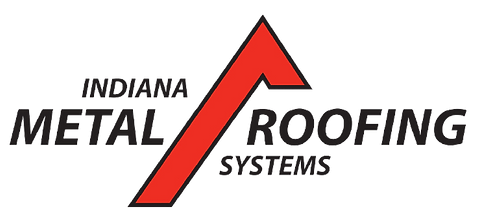Fire Resistance Ratings of Metal Roofing Systems
- Joseph Justice
- Jun 18
- 3 min read
When protecting your home, fire resistance is often one of the most overlooked yet critical considerations in choosing a roofing material. As wildfires and electrical storms become increasingly common, especially in vulnerable areas, investing in a fire-resistant roof can offer both peace of mind and practical protection. In this blog, we'll break down the fire resistance ratings of metal roofing systems and explain why they consistently outperform other roofing types in terms of safety.

What Fire Ratings Mean in Roofing
Roofing materials in the U.S. are rated for fire resistance using a classification system established by Underwriters Laboratories (UL) and other governing bodies. There are three primary fire-resistance ratings:
Class A: Offers the highest level of fire resistance. Materials are effective against severe fire exposure and are unlikely to ignite under direct flame or flying embers.
Class B: Provides moderate fire protection. These materials can withstand a limited fire exposure but are not as durable as Class A options.
Class C: Offers minimal fire protection. These materials may only resist light fire exposure and burn more easily.
Metal roofs typically carry a Class A fire rating, making them one of the safest roofing choices available.
Why Metal Roofing Earns Class A Ratings
The primary reason metal roofing achieves Class A certification is its non-combustible nature. Unlike wood shakes or certain asphalt shingles, metal will not catch fire, even when exposed to direct flames or embers. This makes it especially valuable in regions where wildfires, lightning, or electrical surges are common.
Another contributing factor is the structural system of a metal roof. When installed over fire-resistant underlayment and decking, the entire roof assembly gains enhanced fire protection, reducing the likelihood of flames breaching the interior of a home.
Fire Risks in Residential Areas
In places like Fort Wayne, IN, residential fire risks often come from lightning storms, downed power lines, or neighborhood house fires. A non-combustible roof can act as a critical barrier, helping to contain or prevent the spread of fire from one home to another.
As communities become more aware of building safety standards, many insurance providers are beginning to recognize the added value of fire-resistant roofing. Some even offer premium discounts to homeowners with Class A roofing materials, making metal an even smarter investment.
Added Safety with Proper Installation
While the material itself is fire-resistant, proper installation is essential to maintain the Class A fire rating. Gaps, poorly sealed penetrations, or the wrong type of underlayment can reduce a roof's ability to withstand fire. That's why working with skilled professionals like Indiana Metal Roofing Systems is key.
Known for precision workmanship and high safety standards, Indiana Metal Roofing Systems ensures each installation meets or exceeds local fire codes. Serving Fort Wayne, IN, the company maintains an A+ BBB rating and is trusted by homeowners seeking long-term safety and resilience.
Fire Resistance Beyond the Roof
In addition to the roof itself, fire safety includes elements like gutters, vents, and siding. Metal roofs can be integrated with other non-combustible materials to create a comprehensive fire barrier for the entire building envelope. Using metal flashings, ember guards, and flame-resistant fascia further strengthens this protection.
These strategies are particularly valuable in densely populated neighborhoods, wooded areas, and rural homes surrounded by dry vegetation.
Long-Term Protection and Value
Aside from its fire resistance, a metal roof offers a variety of long-term benefits. It lasts between 40 and 70 years, requires minimal maintenance, and withstands extreme weather conditions. Homeowners also appreciate the energy efficiency and sustainability that comes with metal roofing.
Choosing a fire-rated roof is about more than just meeting code—it’s about protecting your loved ones and your investment. With a metal roof, you're securing your home with one of the most fire-safe building materials on the market.
Read also our blog: Standing Seam vs. Corrugated Metal Roofs: What’s the Difference?


Comments